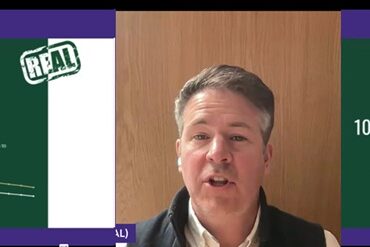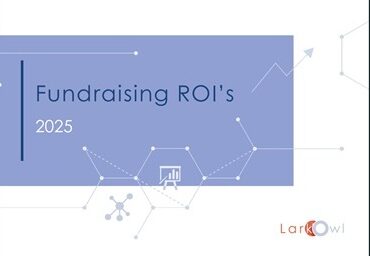
“We never lose sight of the ‘Why’.” – how the LEGO Group and Institute of Imagination deliver impact together
Today I attended an excellent webinar given by Amandeep Hoonjan and Filipe Gaspar on the partnership between the LEGO Group and Institute of Imagination, as part of Fundraising Everywhere’s #CorporatePartnerships 2025 conference. Their interviewer was Jonathan Andrews of Remarkable Partnerships. My notes are below.
“Brick by Brick” How the LEGO Group and Institute of Imagination deliver impact together.
Why do you partner together?
FG (Lego Group): We’ve been partnering for 7 years now. It feels inevitable that we’d work together. We share a commitment to child development and how play can level the playing field for them. We have complementary expertise to develop a programme. We’re also geographically close (City of London and East London). The perfect recipe for success.
AH (IoI): Shared vision, play and creativity are values that runs through everything we do. Designing and creating opportunities to all children to have access to learning through play. It’s the foundation of development for children. It’s a globally understood phenomenon. That synergy really helps us partner together.
Let’s talk about impact – what do we want to see as a result? What is the impact of your partnership? On your organisations, your people and children themselves?
FG: Broadly our partnership aims to make children thrive. We want to work together to inspire and develop children through play. Develop their holistic skills – creative, social, physical, cognitive and emotional skills. Our Power of Play consortium, which we fund and IoI drive, aims to change play habits in Tower Hamlets. By creating opportunities we’re building confidence in care givers to feel more confident in using play, and to improve children’s outcomes in education and beyond.
AH: On the ground: we work with 40 schools in the area, including more intensively with 4 hub schools. Deliver directly to educators and now care givers too. Foster essential skills like creativity, confidence, communication. The impact we have seen has been phenomenal: overall 100% increase in creative thinking! Learnings in schools are increasingly being taken home. Parents, guardians and community leaders now getting involved – to grow impact. It’s to empower children, to influence their future potential., Think creatively, be confident in who they are and what they can achieve.
What challenges have you overcome in your partnership?
FG: We’ve never been incompatible, but it’s not just a sea of roses. We are transparent and clear about what matters to us and what our partner’s priorities are. We come together and are flexible and solutions driven to address challenges. Creativity makes things happen for us. We never lose sight of the “Why”. We are creating a relationship that is “Simpatico”
AH: We have open communication pathways and flexibility in mind. In terms of challenges, we have an added resource challenge. We are 5 FTE. But it goes back to building resource into the conversation. We are clear on what we can and cannot deliver, and communicate honestly and transparently. Neither partner has everything nailed!
FG: We’re all work in progress!
What are you learning from each other?
FG: We’ve worked together for a long time! I daresay we’ve never worked better together. We know where we want to go and what each of us brings to the table. This creates a shorthand which allows us to be more productive in our work. It takes investment of time and effort.
AH: The amount of time and energy it takes to build these relationships from both sides. We both want to invest time on that relationship, to build it and evolve it. Together we can demonstrate even more impact. When you do find that ‘sweet’ partnership, how do you continue to evolve it, stay innovative and reflect a changing external environment?
What would your 3 takeaways be?
AH: 1) that it takes time to build strategic partnerships, 2) the importance of shared vision, 3) and the importance of making impact the core of your partnership. Always come back to why we’re doing this.




